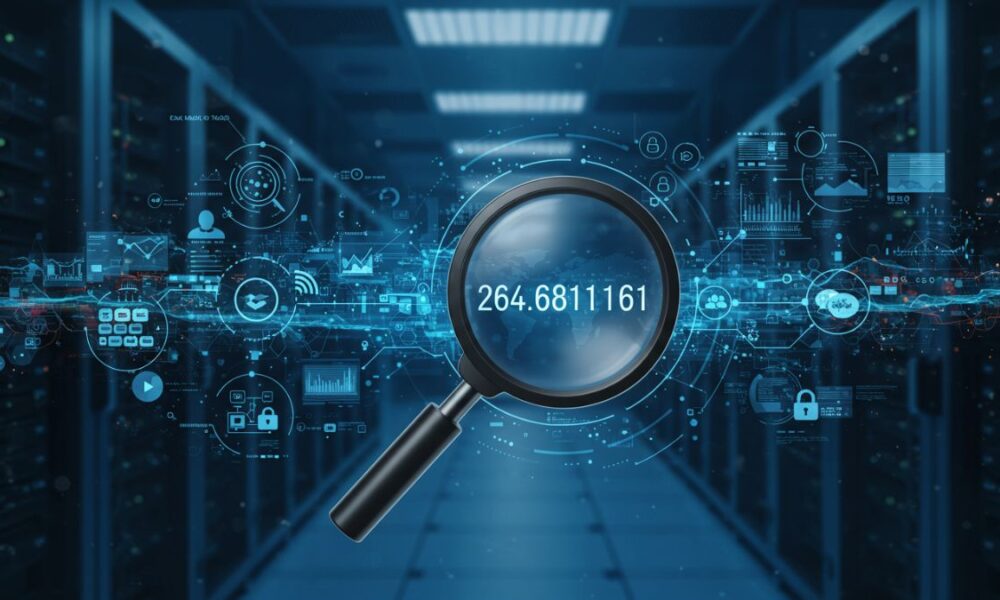Most people see a string like 264.68.111.161 and don’t think twice. But if you’ve ever peeked under the hood of how the internet works, you’ll know those numbers actually matter—a lot. An IP address isn’t just random digits; it’s the address that lets your device talk to other devices. The catch? This particular one breaks the rules.
So, What’s An IP Address Anyway?
Every phone, laptop, or smart gadget needs an IP address to get online. Think of it like a street address for the internet. No address? No deliveries—meaning no emails, no website loading, nothing.
There are two main versions:
- IPv4: The classic one, four blocks of numbers split by dots. Example: 192.168.1.1. Each block (called an octet) can be anything from 0 to 255.
- IPv6: The newer one, designed because we were running out of IPv4 numbers. Way longer, uses letters too, looks like 2001:0db8:85a3:0000:0000:8a2e:0370:7334.
Why 264.68.111.161 Doesn’t Work
Take a closer look: 264.68.111.161 has a problem. That first part—264—is too big. In IPv4, each chunk can only go up to 255. So any device or network trying to use that IP is going to hit a wall.
Why Does This Happen?
- Typos: The most common culprit. A fat-fingered 2 instead of a 1 can break an entire setup.
- Misconfigurations: Sometimes someone sets up network gear and just doesn’t know the rules.
- Fake Or Example IPs: Writers or teachers might toss out a fake IP for demonstration.
What Happens If You Use An Invalid IP?
- No Connection: Your computer won’t know where to send data. It’s like mailing a letter to an address that doesn’t exist.
- Wasted Time: IT teams chase their tails trying to fix “why won’t this connect?” only to realize it’s an invalid IP.
- Potential Risks: Sometimes hackers intentionally use fake IPs to confuse logs or spoof activity.
How Are IPs Actually Assigned?
In the real world, Internet Service Providers (ISPs) hand out IP addresses. Big companies can buy blocks of them too. Home users mostly get dynamic IPs—your address changes from time to time. Businesses often pay for static IPs so they always have the same one.
Domain Names vs. IP Addresses
Another thing people mix up: a domain like google.com isn’t the same as an IP. It’s just easier for humans to remember. Behind every domain is an IP. DNS (Domain Name System) does the translation for you. Type in google.com, your computer finds the IP, then connects.
What About Security?
IP addresses can be a weak spot. If someone knows yours, they might:
- Try to break in
- Send a flood of fake traffic (DDoS)
- Spoof it to pretend they’re you
How To Stay Safe
- Use A VPN: It hides your real IP and gives you a new one.
- Keep Gear Updated: Firewalls and routers need fresh firmware.
- Be Smart About Phishing: Hackers love tricking people into giving up info linked to their IPs.
Key Takeaway
264.68.111.161 is a handy reminder that every detail matters in networking. One wrong number and the whole thing can break. Next time you set up a router or troubleshoot a connection, double-check those digits.
Behind every website, every video call, every “Hey Google,” there’s an IP address doing the invisible work. Knowing how they work—what’s valid and what’s not—makes you just a bit savvier every time you log on.
So, next time you see a weird IP? Give it a second look. It might save you a headache.









Got a Questions?
Find us on Socials or Contact us and we’ll get back to you as soon as possible.